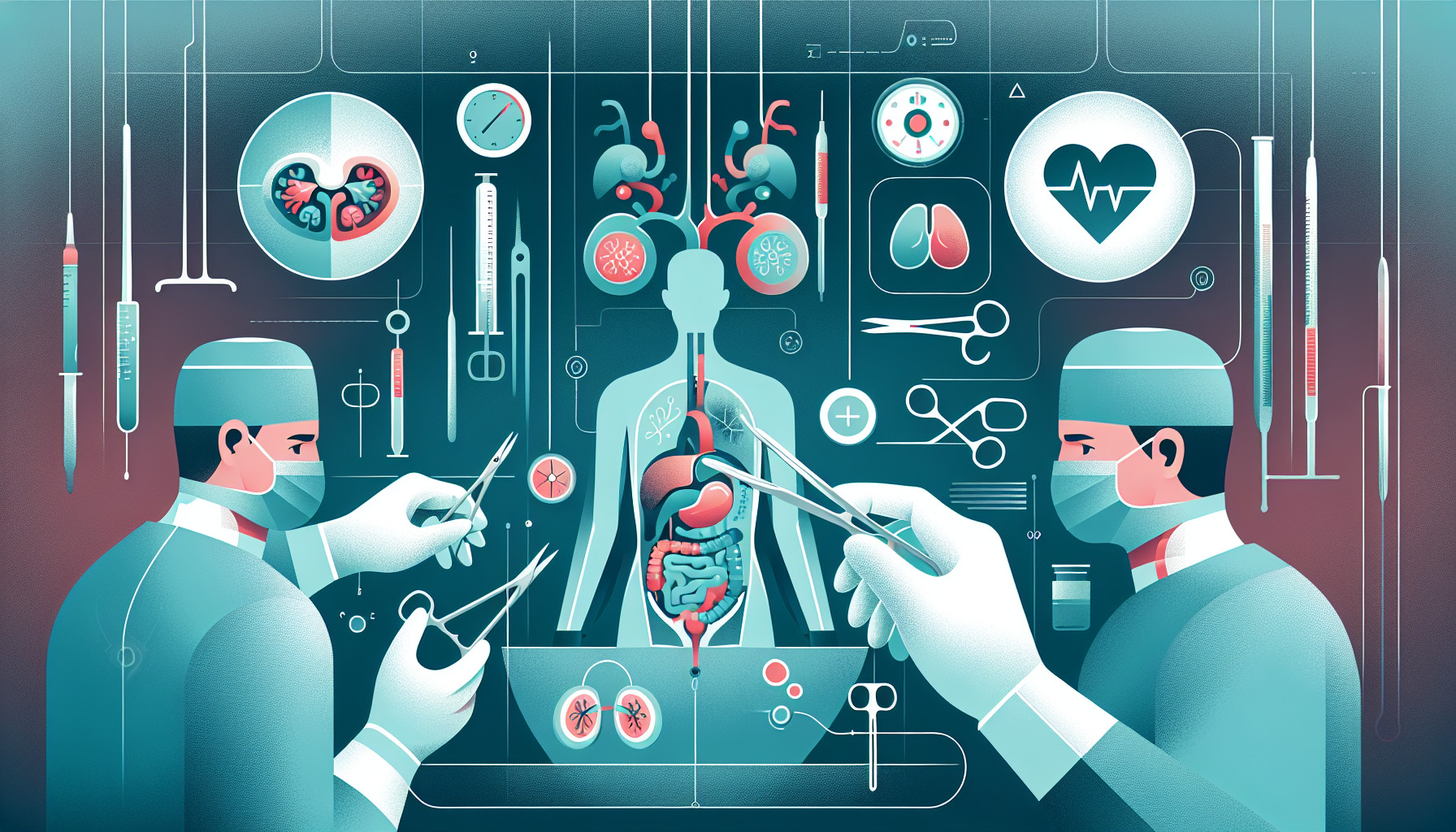Our Summary
This research paper is about testicular tumors in boys who haven’t yet hit puberty. These tumors are pretty rare, making up just 1-2% of all solid tumors found in children. They’re different from the ones found in teenagers and adults - they’re not as common, they look different when you look at them under a microscope, and they’re often not harmful. Because of these differences, doctors should use different methods to diagnose and treat these tumors.
The researchers of this paper looked at all the studies done on this topic up until the end of 2019. They found that the most common symptom of these tumors is a painless lump in the scrotum. The best way to check for these tumors is with a high-resolution ultrasound, which can spot almost all of them. They also found that a protein called alpha-fetoprotein can be used as a marker to detect these tumors, but this depends on the boy’s age. Another marker, human chorionic gonadotropin (HCG), doesn’t seem to be useful for detecting these tumors in prepubertal boys.
Based on all the studies they looked at, the authors of this paper suggest that the best treatment for these tumors is to partially remove the affected testicle if the ultrasound shows that the tumor is likely not harmful. This is the recommendation in the 2021 guidelines on Pediatric Urology from the European Association of Urology.
FAQs
- What is the most common symptom of testicular tumors in prepubertal boys?
- What diagnostic tools are recommended for detecting testicular tumors in prepubertal boys?
- What is the recommended treatment according to the 2021 EAU guidelines on Pediatric Urology for prepubertal testis tumors?
Doctor’s Tip
One helpful tip a doctor might tell a patient about pediatric urologic reconstruction is to closely follow the recommended guidelines for diagnosis and treatment options for testicular tumors in prepubertal boys. It is important to have a painless scrotal mass evaluated with high resolution ultrasound, and to consider a partial orchiectomy as the primary approach in tumors with a favorable preoperative ultrasound diagnosis. Additionally, understanding the age-dependent nature of tumor markers such as alpha-fetoprotein can help guide treatment decisions. Regular follow-up appointments and communication with the healthcare team are also key in ensuring the best possible outcome for the patient.
Suitable For
Pediatric urologic reconstruction is typically recommended for patients who have undergone procedures such as partial orchiectomy for testicular tumors in prepubertal boys. This reconstruction may be necessary to restore normal urinary and reproductive function, as well as to improve the cosmetic appearance of the genital area. Other types of patients who may benefit from pediatric urologic reconstruction include those with congenital abnormalities of the genitourinary system, such as hypospadias or bladder exstrophy. Additionally, patients with traumatic injuries to the urinary tract or other urologic conditions may also require reconstructive surgery.
Timeline
- Patient presents with a painless scrotal mass, the most common clinical presentation
- High resolution ultrasound is performed for evaluation, with a detection rate of almost 100%
- Alpha-fetoprotein is used as a tumor marker, but it is age dependent
- Human chorionic gonadotropin (HCG) is not a tumor marker for testicular tumors in prepubertal boys
- Based on the literature and guidelines, a partial orchiectomy is recommended as the primary approach for tumors with a favorable preoperative ultrasound diagnosis
After pediatric urologic reconstruction:
- Patient undergoes partial orchiectomy for treatment
- Follow-up appointments are scheduled for monitoring and surveillance
- Patient may require additional treatments or interventions depending on the outcome of the surgery
- Long-term follow-up is necessary to monitor for any potential recurrence or complications
What to Ask Your Doctor
- What are the different types of testicular tumors that can occur in prepubertal boys?
- What are the common symptoms or signs that may indicate a testicular tumor in a prepubertal boy?
- How is a testicular tumor typically diagnosed in a prepubertal boy?
- What imaging tests are usually used to evaluate a testicular mass in a prepubertal boy?
- Are there any specific tumor markers that are helpful in diagnosing testicular tumors in prepubertal boys?
- What are the treatment options for testicular tumors in prepubertal boys?
- What are the potential risks or complications associated with the different treatment options for testicular tumors in prepubertal boys?
- How successful is organ-sparing surgery, such as partial orchiectomy, in treating testicular tumors in prepubertal boys?
- What is the follow-up care recommended after treatment for a testicular tumor in a prepubertal boy?
- Are there any long-term effects or considerations to be aware of after treatment for a testicular tumor in a prepubertal boy?
Reference
Authors: Stein R, Quaedackers J, Bhat NR, Dogan HS, Nijman RJM, Rawashdeh YF, Silay MS, ’t Hoen LA, Tekgul S, Radmayr C, Bogaert G. Journal: J Pediatr Urol. 2021 Aug;17(4):529-533. doi: 10.1016/j.jpurol.2021.06.006. Epub 2021 Jun 9. PMID: 34162520
